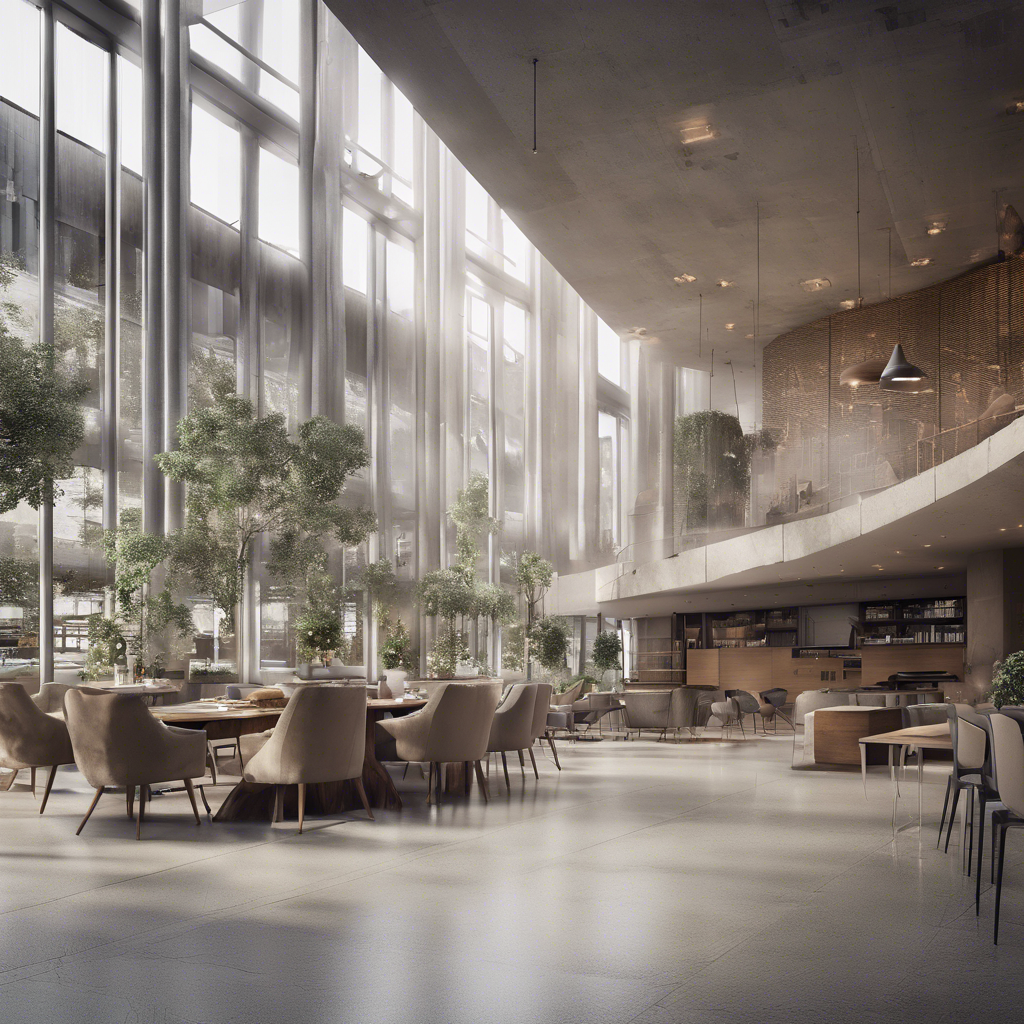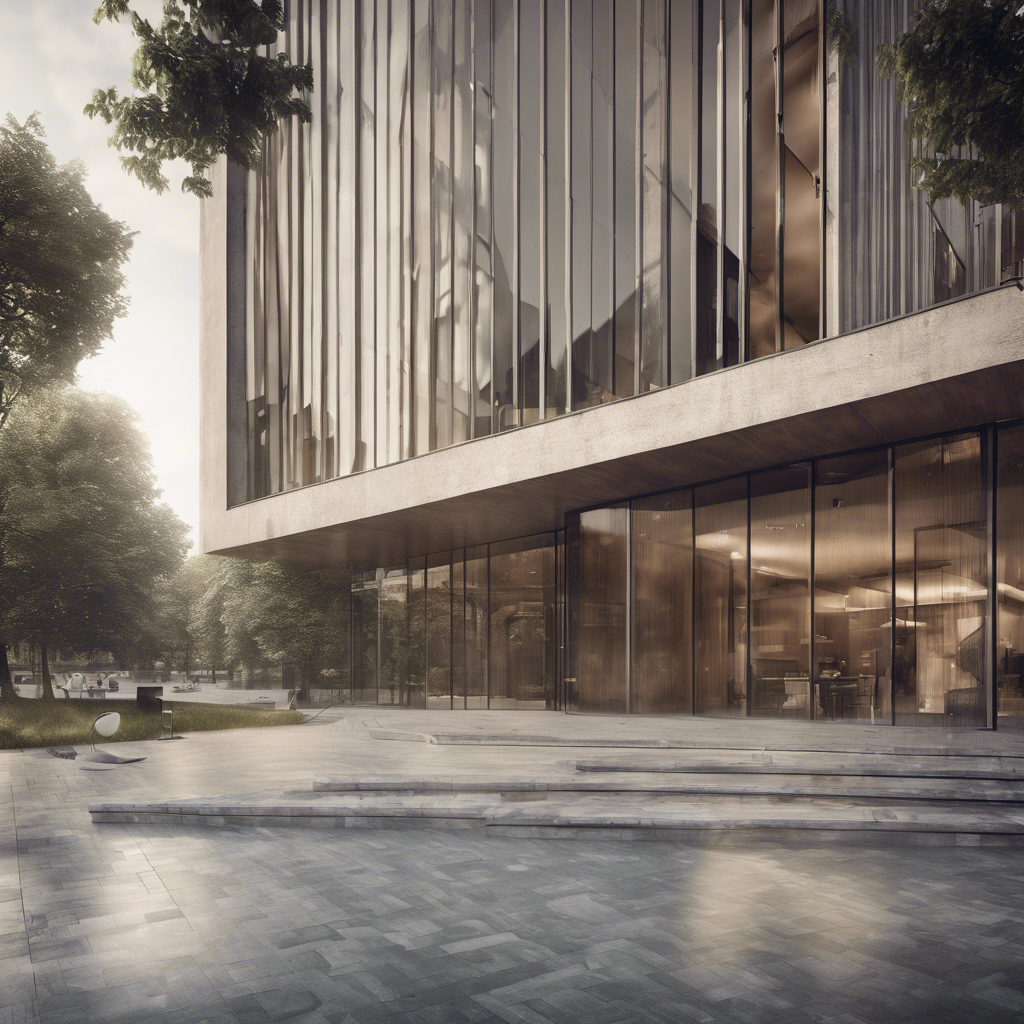
Distinguishing Various Types of Slabs: An Architectural Guide Recommended by Top Developers
Jul 24, 2024
2 min read
0
3
0
In the realm of architecture, the selection of slabs plays a crucial role in determining the structural integrity, aesthetics, and overall functionality of a building. As top developers continue to innovate and push boundaries within the architectural domain, it becomes imperative for aspiring architects to grasp the nuances of different slab types to create masterful designs that stand the test of time.
Understanding Slab Varieties
1. One-Way Slab

Definition: One-way slabs are designed to resist bending primarily in one direction. They are supported by beams on two opposite sides.
Usage: Ideal for narrow and elongated spaces where load distribution is predominantly unidirectional.
Advantages: Cost-effective, simple to construct, suitable for consistent loads.
2. Two-Way Slab

Definition: Two-way slabs distribute loads in both directions and do not require beams for support.
Usage: Suited for square or circular rooms where load distribution is uniform in both directions.
Advantages: Enhances architectural flexibility, eliminates the need for beams, provides better structural stability.
3. Flat Slab

Definition: Flat slabs are a variation of two-way slabs where the slab is directly supported on columns without the use of beams.
Usage: Commonly employed in areas where beam depth needs to be minimized, allowing for increased headroom.
Advantages: Versatile, facilitates easy installation of building services, reduces overall construction time.
Architectural Innovations and Best Practices
By staying abreast of the latest advancements in slab technology and design principles, architects can execute groundbreaking projects that redefine the structural landscape. With the guidance of top developers, architects can seamlessly integrate innovative slab solutions that set their designs apart from the conventional.
The Future of Slabs in Architecture
As the architectural industry continues to evolve, the integration of cutting-edge slab technologies will shape the future of structural design. Architects and developers need to collaborate closely, leveraging the best of their expertise to create sustainable, visually striking buildings that stand as a testament to architectural ingenuity.
In conclusion, understanding the distinct characteristics and applications of various slab types is crucial for architects striving to make a lasting impact in the architectural realm. By incorporating diverse slab varieties into their designs, architects can unlock a world of possibilities and transform their creative visions into tangible, awe-inspiring structures.
Embrace the diversity of slab solutions, explore new design horizons, and embark on a journey towards architectural excellence hand in hand with top developers!
Thank you for engaging with this comprehensive guide on different types of slabs in architecture. Your pursuit of architectural excellence is commendable, and with the knowledge shared here, your designs are bound to reach new heights!
.jpg)


